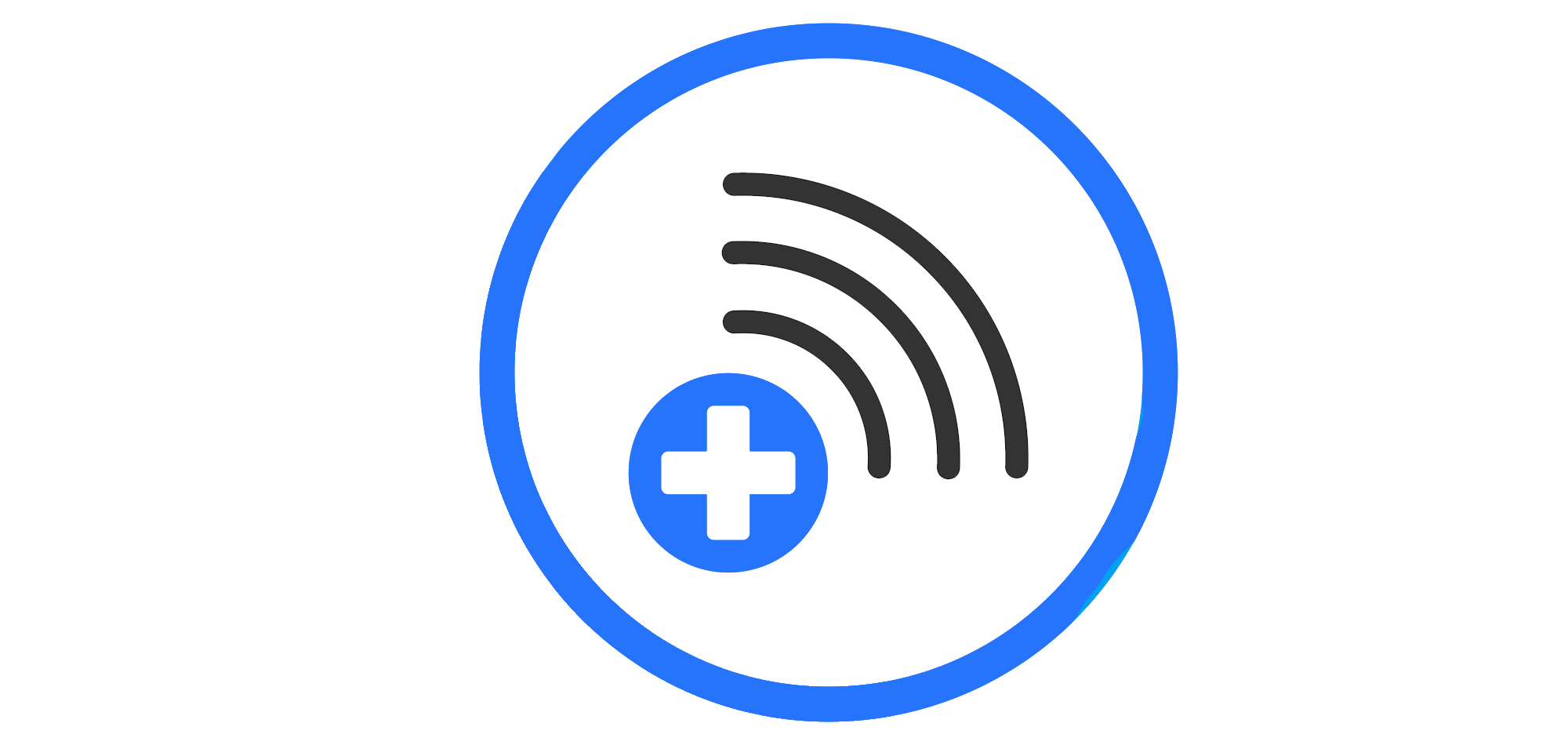
Reliability is something we all want. Whether it's your car, your colleagues, or in this case your wireless network, everyone needs to be able to count on the things they need the most.
The problem with networking is that it's complex and it's dynamic.
It takes years of experience and a variety of certifications to get it right the first time.
Unfortunately, more so than not, businesses and organizations get themselves into trouble by either ignoring this fact or just not knowing all together.
Because of this, the results are always the same, poor wifi performance from an unreliable wireless system and IT managers and business decision makers left scratching their heads.
If you're struggling to figure out why your wireless network continues to underperform, here are 5 common reasons why.
Coverage & Capacity
The first problem we need to address is the design of your wireless network. For years, wireless networks were built using an RF design, also known as coverage. However, as the number of mobile devices increased this type of best practice became obsolete.
Coverage alone wasn't enough to create a wireless system that could support the growing complexities of the mobile environments we're seeing today. This is where many businesses and organizations started to get in trouble; they needed context and that's when designing for capacity entered the equation.
Unlike an RF design, which only deals with signal coverage, a capacity design identifies how many APs are needed to properly support your end-users and their applications running on various devices.
Planning your wireless network for capacity as well as coverage adds context to your WLAN design.
How does capacity add context? It asks the following questions:
- What types of devices are your employees using on your network?
- How many devices are accessing your wireless network?
- What applications are being accessed on the devices being used?
- How many end-users (employees, customers, guests) are accessing the network?
Capacity designs deal with the loads that applications, devices and other variables place on your wireless system.
Watch this video to learn more about capacity.
Switching
It makes sense that wifi planning involves wireless infrastructure components, however, have you thought about your wired infrastructure?
Whether your updating your existing Wi-Fi network, building a new one or simply trying to diagnose wifi problems with your current WLAN, it’s essential that you don’t create choke points, by using the wrong types of switches, or continuing to use old switches.
Switches are like traffic cops, making sure the traffic on your network gets to where it needs to go and stopping it from going where it doesn’t.
We recommend having switches that are at least 1 gigabit at the edge and 10 gigabit at the core. However, it always comes down to your specific environment and what your requirements are, in some cases 10/100 might be sufficient, it just depends on what’s needed.
Ensuring your wired infrastructure is also update to date will prevent potential choke points, and traffic build-up keeping the “lanes” of your network organized and running smoothly.
Outdated Wireless Network
The average lifespan of your wireless network today is between 3 and 4 years, after that you’ll need a refresh.
This is because mobile devices change every 12-18 months. Not only the types of devices, but their capabilities change as well as their operating platforms.
The more technology evolves the more “smart” things there are to use, creating a influx in the number of devices your could find on your wireless environment.
You could have made additions to your offices or even added new buildings, or in some cases just redecorated, all of which will impact your wifi performance.
The infrastructure of your wireless system also changes rapidly, from new access points, switches, controllers, which means WLAN design “best” practices can shift as well.
Clearly there’s a lot to keep up with and we didn’t even mention security threats.
Therefore, updating every 3-4 years is critical, and almost mandatory for your WLAN to perform as required.
No Visibility or Control Over who is accessing your Network
If you can’t see who and how people are accessing your network, how can you control what they are accessing?
With the use of network access control (NAC) managing network access is more customizable and easier than ever.
NAC allows you to identify who or what is trying to access your network, for example, guests, employees, devices, security cameras, the IoT etc. and then assigns roles to those devices or users to enforce pre-determined policies based on those roles.
Network access control increases your efficiency and ability to authenticate and on-board your end-users and their devices as well as control access to both your network resources and the internet.
Check out this video about why you should seriously consider network access control.
No on-going way of monitoring performance
Once your Wi-Fi network is up and running you’d think it would be time to sit back and admire your masterpiece, however, this is not the case.
At SecurEdge we always say, the Wi-Fi engineering process goes from design to never-ending.
This is because, as we stated earlier, things are constantly changing and wireless is inherently dynamic.
A network management system or NMS allows you to have real-time visibility of your entire wireless system, including your wired infrastructure if set-up that way.
Your network management software provides visibility into your network through 3 main elements:
- RF Coverage
- Device Connections
- Device Locations
New devices and applications, new security threats, changes to your buildings, all require constant monitoring. Your wireless network is ALIVE, and requires a network management system to deliver scalability and maintain RF health and overall reliable wifi performance.
In addition to real-time visibility a network management system will allow you to utilize a variety of analytics including:
- Process logs
- Historical reporting
- Proactive alerts
- Usage data and performance data for your employees
Check out this recent blog post about the importance of usage analytics to learn more.
At SecurEdge, we provide the platform to simplify networking and deliver a reliable, robust, and secure wireless system-–it’s all we do. If you have any questions or would like to discuss an upcoming project, please contact us here.





